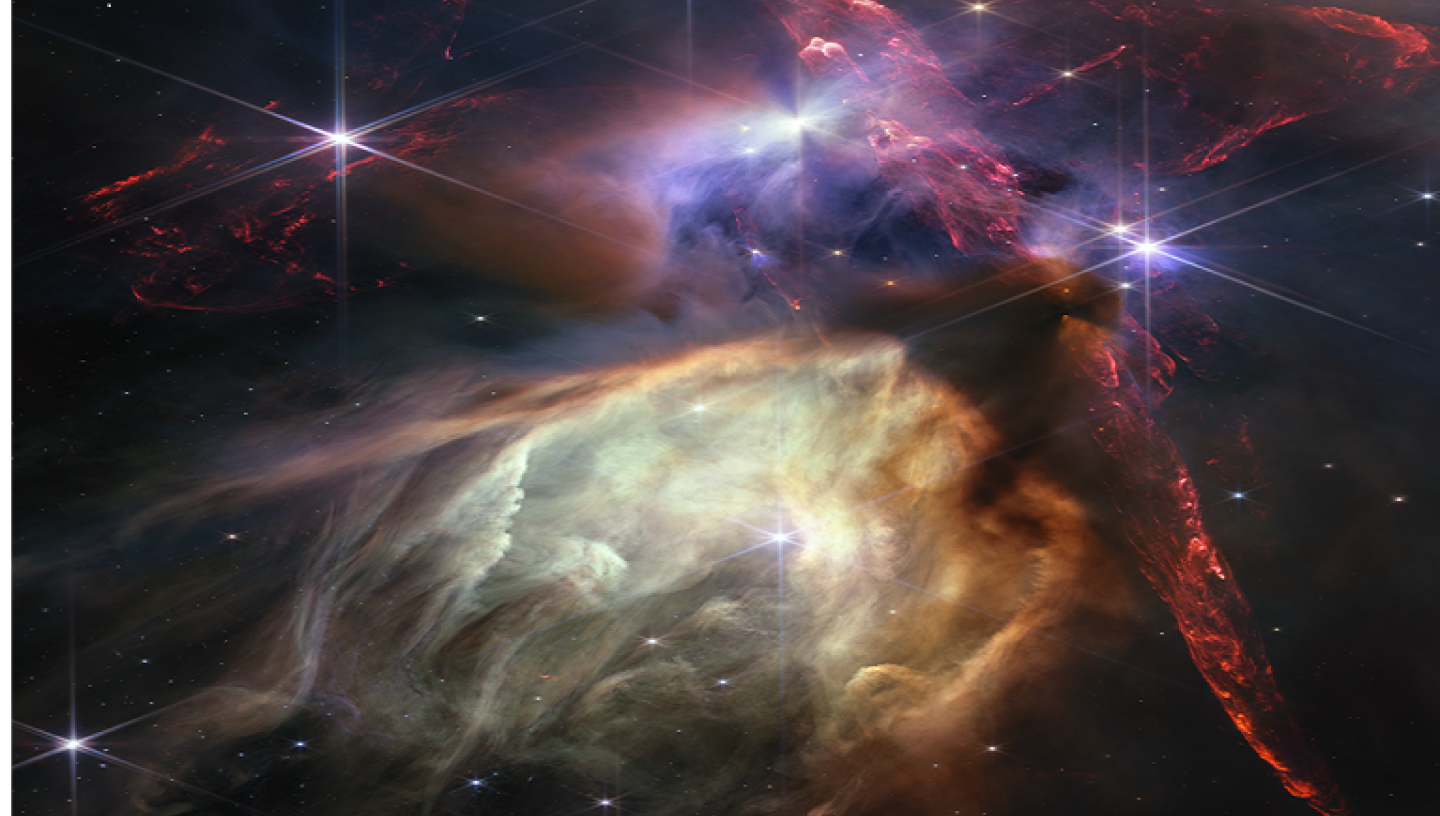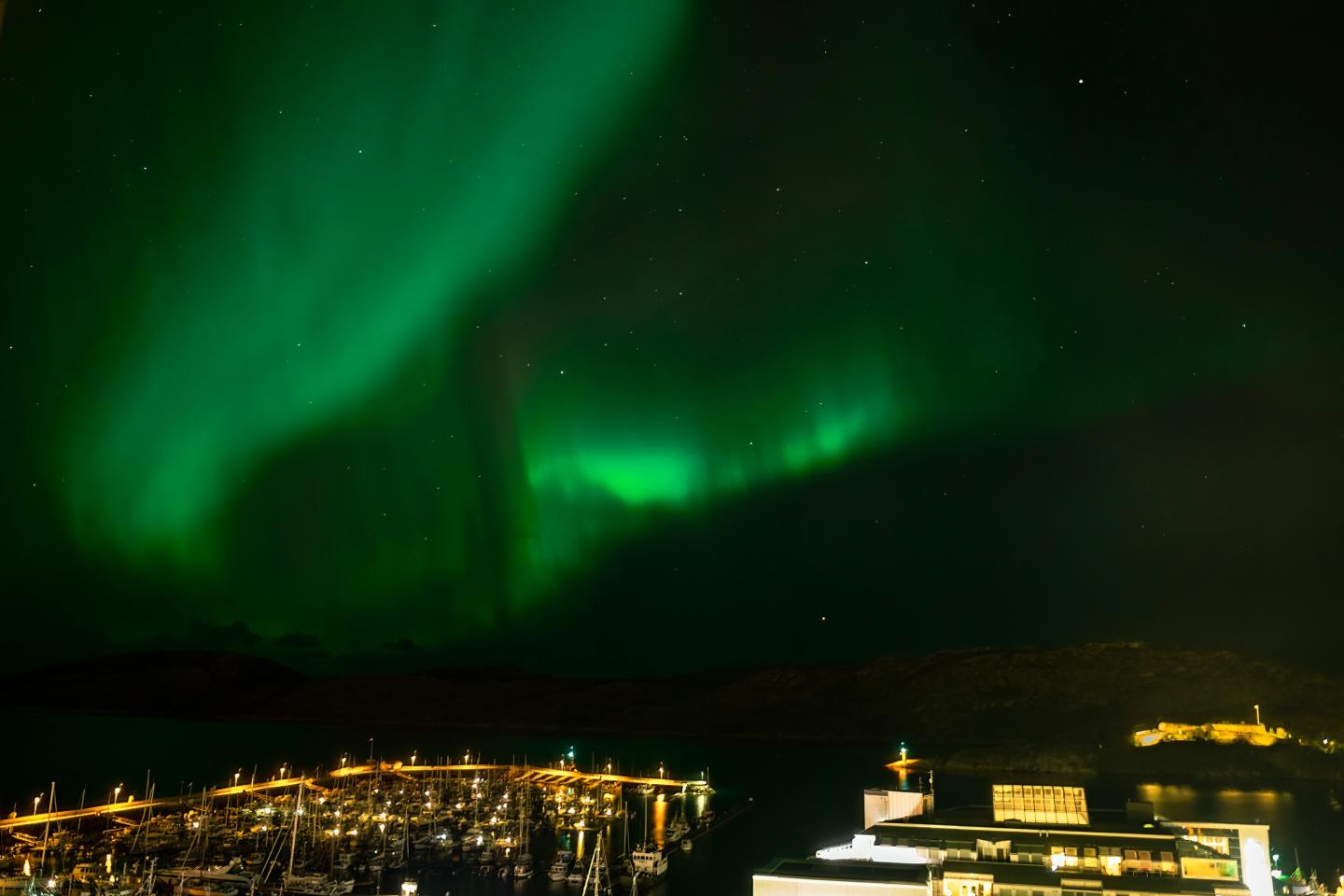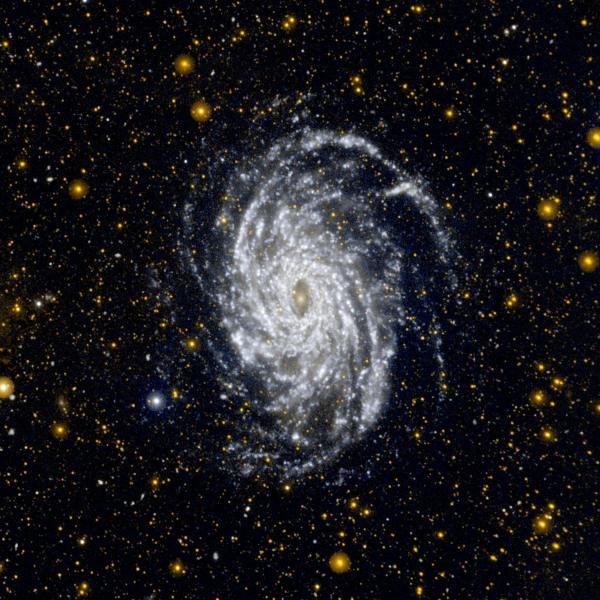
See what cosmic news our young people have found for you!
Ever wondered why the northern lights are becoming more frequent down south?
By: Erin

The Sun, our star shining brightly in the endless darkness of space, experiences cycles known as solar cycles varying in length between 9 and 14 years. It has a solar minimum and a solar maximum where there is an increase in solar activity. Solar activity can be solar spots, cooler areas on the Sun, or solar storms which are also called solar flares where the Sun emits huge bursts of energy. Solar storms can interrupt radio signals, affect the electricity grid and produce incredible light shows in the sky called the aurora. Aurora Borealis, also known as the northern lights, are usually seen around 60-75 degrees north. This covers areas such as Iceland, Greenland, Northern Canada and Northern Eurasia. The lesser-known southern lights called Aurora Australis also display a light show in Antarctica. However, occasionally Aurora Borealis reaches further south during a particularly strong storm. Recently this has become more common as we approach solar maximum.
Now, onto the technical side. The latest solar cycle – number 25 – began in December 2019 and solar maximum was expected between 2023 and 2026. However, with no sign of solar maximum during 2023 the new prediction is between mid-2024 and 2025. This can be a difficult event to predict so only time will tell. The solar cycle is the cycle that the Sun's magnetic field goes through every 11 years approximately. Solar minimum is specifically the time when the Sun has the least number of sun spots. In the middle of the cycle is solar maximum where the most sun spots are present. As the cycle ends it fades back to solar minimum. Cycles can vary in strength and length, with some having more sunspots at maximum than others.
So go outside and experience this wonder for yourself as we reach solar maximum.
Banner Image Credit: NASA, ESA, CSA, STScI, Klaus Pontoppidan (STScI)

